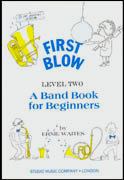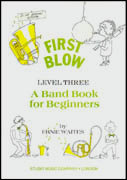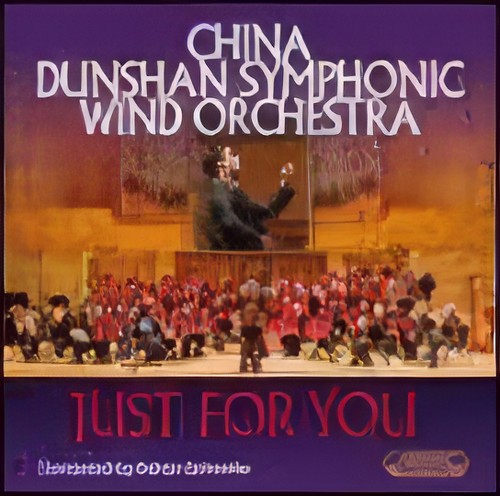Results
-
 £3.95
£3.95FIRST BLOW - Level 2 (Part 4 in C BC) - Waites, Ernie
Bassoon, Trombone, Euphonium
Estimated dispatch 7-14 working days
-
 £3.95
£3.95FIRST BLOW - Level 3 (Part 3 in B flat - upper octave) - Waites, Ernie
Clarinet, Tenor Saxophone, Baritone, Euphonium
Estimated dispatch 7-14 working days
-
 £3.95
£3.95FIRST BLOW - Level 3 (Part 3 in B flat BC) - Waites, Ernie
Trombone, Euphonium (for Continental Europe)
Estimated dispatch 7-14 working days
-
 £3.95
£3.95FIRST BLOW - Level 3 (Part 3 in C BC) - Waites, Ernie
Bassoon, Trombone, Euphonium
Estimated dispatch 7-14 working days
-
 £3.95
£3.95FIRST BLOW - Level 3 (Part 4 in B flat BC) - Waites, Ernie
Euphonium, Tuba (for Continental Europe)
Estimated dispatch 7-14 working days
-
 £3.95
£3.95FIRST BLOW - Level 3 (Part 4 in B flat TC) - Waites, Ernie
B flat Bass, Euphonium, Bass Clarinet
Estimated dispatch 7-14 working days
-
 £3.95
£3.95FIRST BLOW - Level 3 (Part 4 in C BC) - Waites, Ernie
Bassoon, Trombone, Euphonium
Estimated dispatch 7-14 working days
-
 £69.30
£69.30Intrada, Recitative and Rondo
An outstanding work for soloist and band, this distinctive composition focuses on three unique performance styles. Based on quartal harmonies and melodic structures, Intrada is technically challenging, yet quite accessible to the more advanced high school or collegiate students. A rubato, quazi-improvised jazz style is required in the second movement (Recitative), with the Rondo written in a more traditional, classical style. The band accompaniment is very playable, allowing for the showcasing of your trumpet, saxophone or euphonium soloist. Don't miss this opportunity to WOW your audiences!
Estimated dispatch 7-14 working days
-
 £67.32
£67.32Inversia
The newest composition from popular Canadian composer Andre' Jutras is a distinctive piece that begins with short expressive solos for flute and clarinet. The contrasting slower section features solos for alto sax and either tenor sax, horn or euphonium before returning to a faster tempo for the exciting ending. Perfect for any concert or contest performance.
Estimated dispatch 7-14 working days
-
 £11.63
£11.63JUST FOR YOU (Wind Band CD)
China Dunshan Symphonic Wind Orchestra, conducted by Adrian Schneider. Includes: Rhapsody in Black (arr. Woodfield); Things (Darrin/van Maart); Abide with Me (Monk/Richards); Amparito Roca (Texidor/Woodfield); Hallelujah (Cohen/Kubler); I Only Have Eyes for You (Warren/van Maart); Down to the River (arr. Fernie); Hawaii Five-0 (Stevens/Burton); Spirit of Africa (Barry/Barry); Let it Shine (arr. Fernie); African Funk (Fernie); Catari, Catari - Euphonium Solo (Cardillo/Fernie); That's Entertainment (arr. Kubler); A Whiter Shade of Pale (arr. van Maart); Just for You (Kubler); Blueberry Hill (Rose/van Maart); My Favourite Things - Trumpet Quartet (Rodgers/Woodfield); Salute to Berne (Obrecht/Woodfield).
Estimated dispatch 7-14 working days
